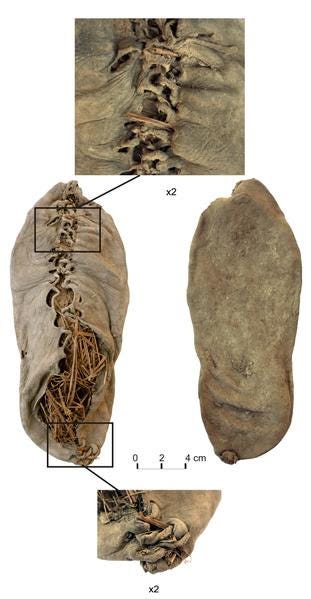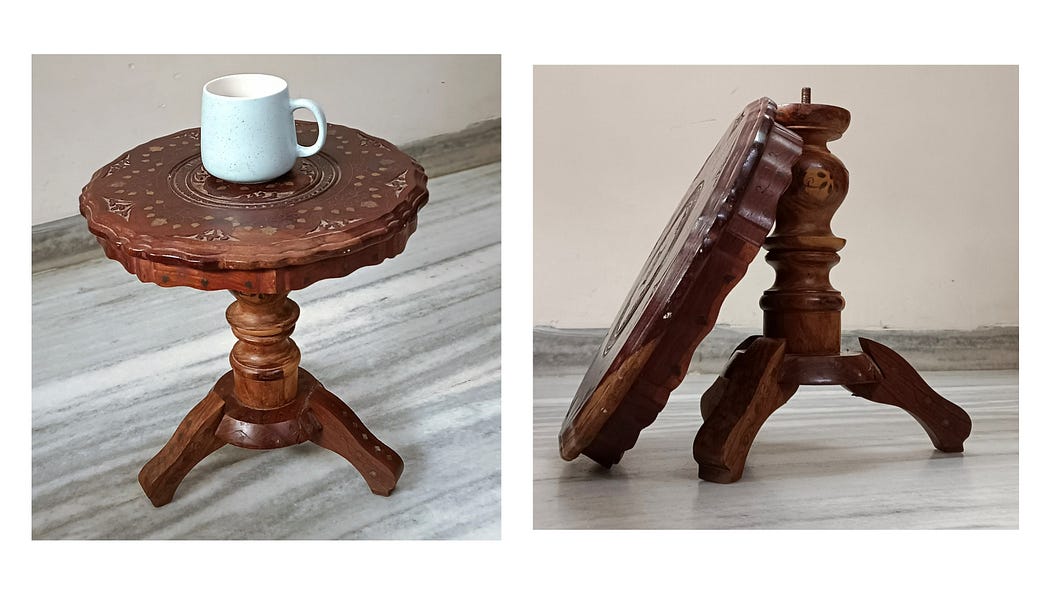Throughout the course of human history, art has consistently held a crucial position. Whether conveyed through paintings, simple sketches, or expressed through dance, drama, and imitation, art has been a fundamental means of communication and emotional expression. Unbeknownst to us, the concept of design gradually emerged, serving as an essential tool in various aspects of our lives.
An illustrative example dates back approximately 2.6 million years ago during the Stone Age. In an era where survival relied on hunting, humans ingeniously utilized stones. To enhance the efficiency of their hunting tools, they honed the stones and affixed a wooden piece, giving rise to the primitive hand axe—a testament to the early stages of design.
The evolution of design continued over time, adapting to the needs and challenges faced by humanity. Another instance of early design ingenuity lies in the creation of Stone Age shoes. Crafted from a single piece of leather, these shoes were skillfully sewn together using thin strips of leather, showcasing the resourcefulness and evolving sophistication of design in human history.

Reflecting on the ancient era, crafting a pair of shoes in such a manner was undeniably practical, efficient, and innovative. The resulting product fulfilled its primary objective: providing protection to the feet. Its design was inclusive, catering to diverse users regardless of gender, age, or size. However, when assessed through a modern lens, one might choose to forego this product, considering not only the materials employed but also its contemporary effectiveness.
In contrast to present-day standards, the product might fall short in terms of user-friendliness and efficacy. Yet, it's essential to acknowledge that, in its historical context, the design likely resonated more profoundly with the Stone Age people on a psychological level. This perspective underscores the subjective nature of design and emphasizes its ongoing and evolving creative process.
Who determines the distinction between good and bad design? Is it the decision of influential figures or perhaps a divine authority?
You've hit the mark! It's us, humans, relying on our comprehension, reasoning abilities, and personal opinions backed by logic that ultimately adjudicate whether a design is good or bad. Design, as it turns out, is a harmonious fusion of art and science, contributing to an enhanced quality of life.
Let's explore some instances of both good and bad designs that weave into the fabric of our daily experiences.
Good Design:
Imagine, for instance, that I am an early riser (though that might not be the case), eager to accomplish tasks before the day kicks in. The initial point of interaction in my morning routine is the facewash bottle.

A single press transforms the liquid into foam, showcasing the product's innovation and utility. It adeptly addresses my needs by eliminating the hassle of manually rubbing the liquid to create foam before application on the face. The product not only embodies aesthetics but also honesty, prominently stating its foaming feature on the front cover. Functionally, it stays true to its purpose, allowing every drop of content to be efficiently used thanks to the appropriately sized straw within the bottle. Furthermore, the product promotes minimal liquid usage and boasts leak-proof qualities, making it a clever solution.
Now, shifting gears to the realm of literature, as an avid reader myself. However, residing in the modern age has ushered in changes to traditional reading materials.
When engaged in studying or working, having a petite side table proves beneficial for placing your essentials. Indeed, it's an antique piece of furniture that comes with a unique feature!

The table has the remarkable ability to be easily disassembled and reassembled within a matter of seconds. Yes, you read it correctly! This table, light as a feather, not only lives up to its functional value but also boasts aesthetic appeal. The design is straightforward and not only sustainable but also durable. It leans towards the eco-friendly side and is exceptionally mobile. Its versatility knows no bounds, serving various purposes such as a coffee table, a footrest, or even a book stack.
Conducting research is an integral aspect of any field or domain, and the experience of pulling an all-nighter to complete school or college assignments is something many can relate to. Throughout our growth, Wikipedia has consistently proven to be a valuable resource for assignments, akin to a digital representation of traditional encyclopedia books.

Little did I realize that the website is riddled with flaws. It allows anyone to post and edit content, even if it's incorrect or plagiarized. Despite offering a plethora of useful data, the information may not always be accurate. Reading from the site can be cumbersome for users due to the small font size or continuous long lines that cover almost the entire page. Concerns arise regarding the accountability of the product, which is its primary function. Essentially, the design becomes dishonest, obtrusive, manipulative, and ultimately renders the platform useless.
Conclusion:
Similar to a coin having two sides, a product can exhibit both positive and negative attributes. Its evaluation is contingent upon the users' needs and perspectives. Both good and bad designs hold intrinsic value, serving users in different capacities. A product must undergo evolution alongside the changing world to remain relevant and effective.

.png)




